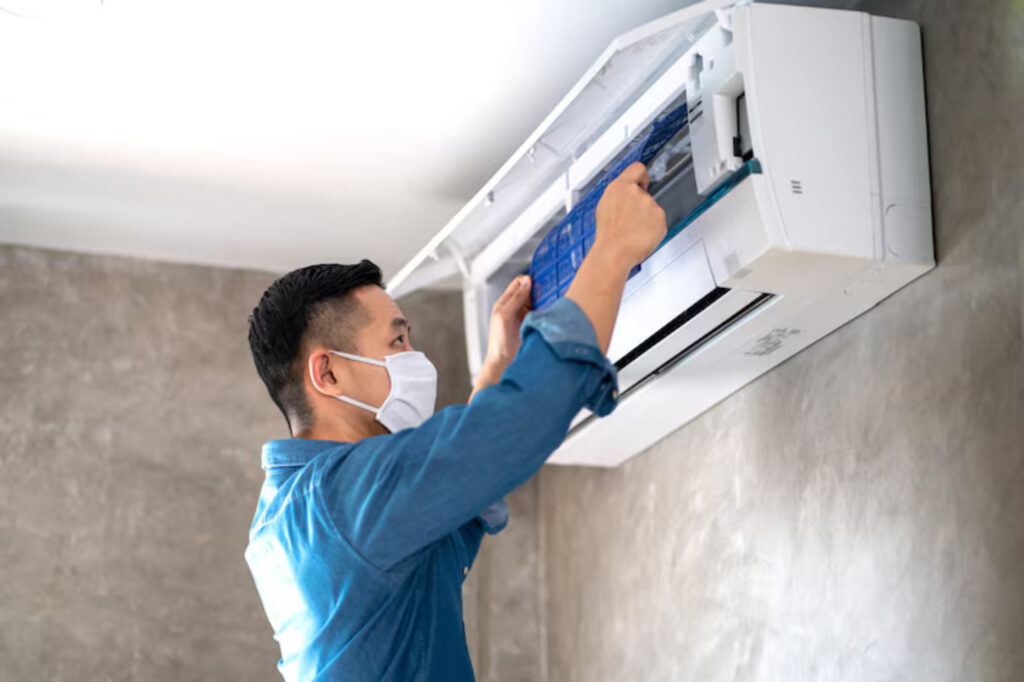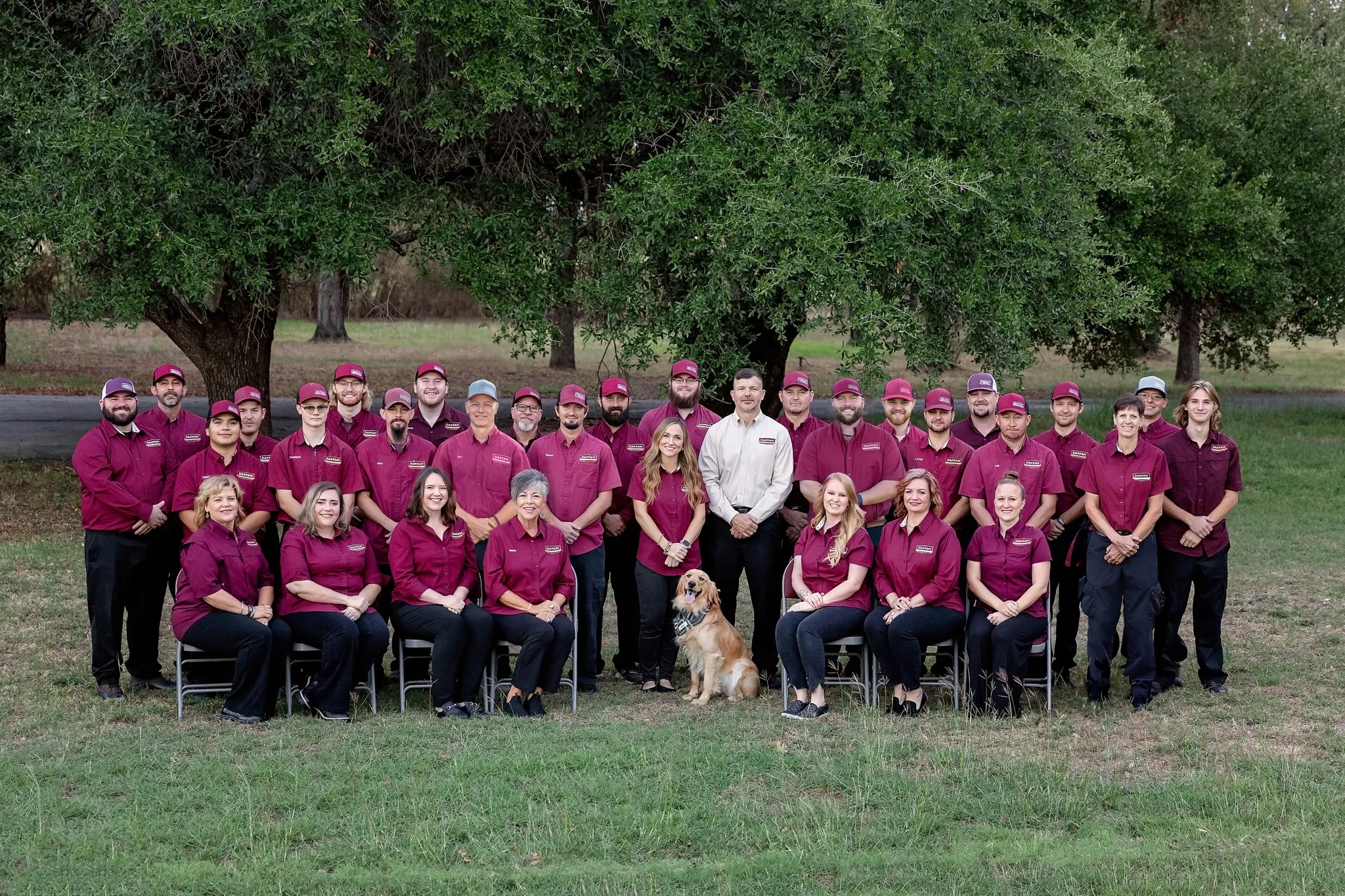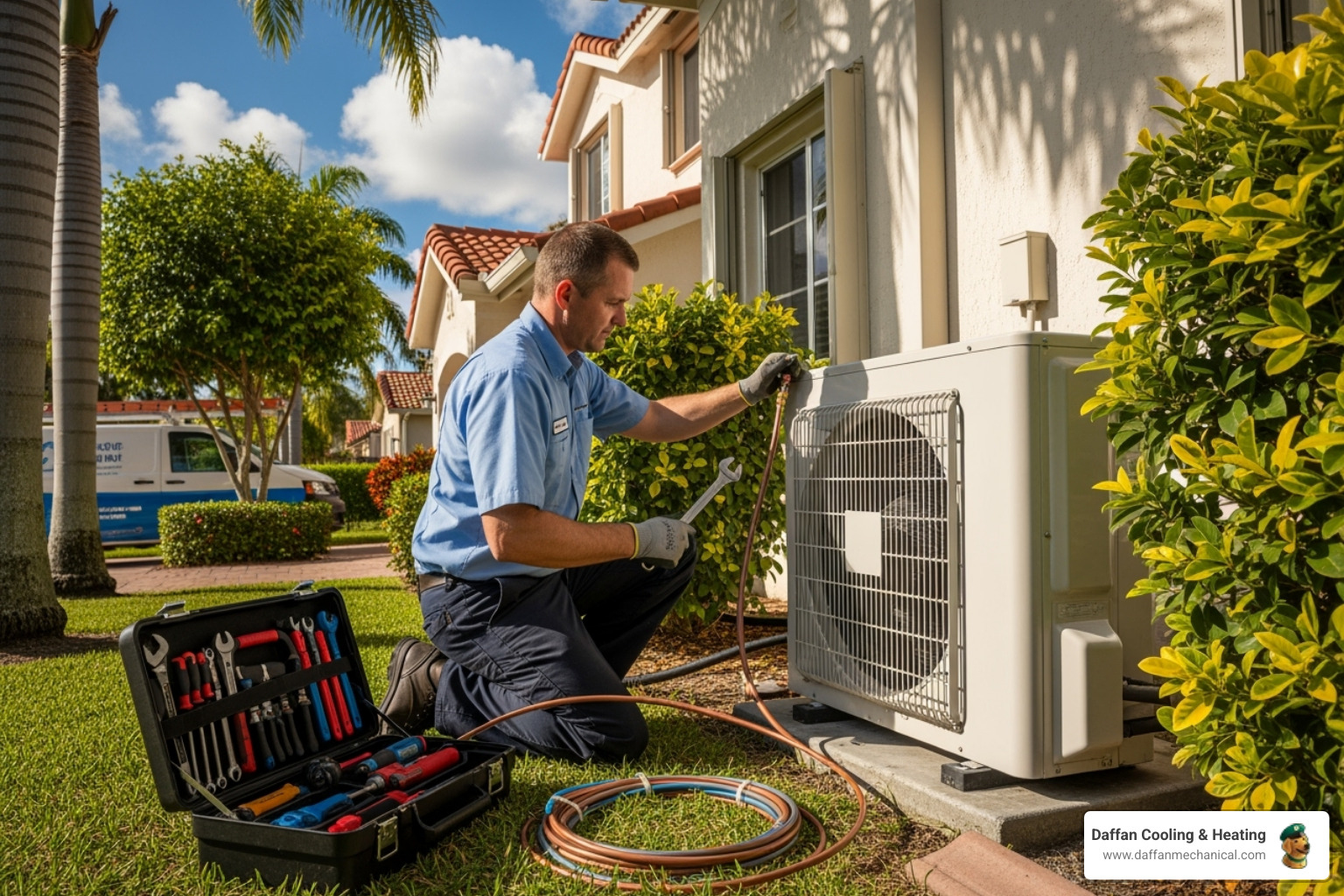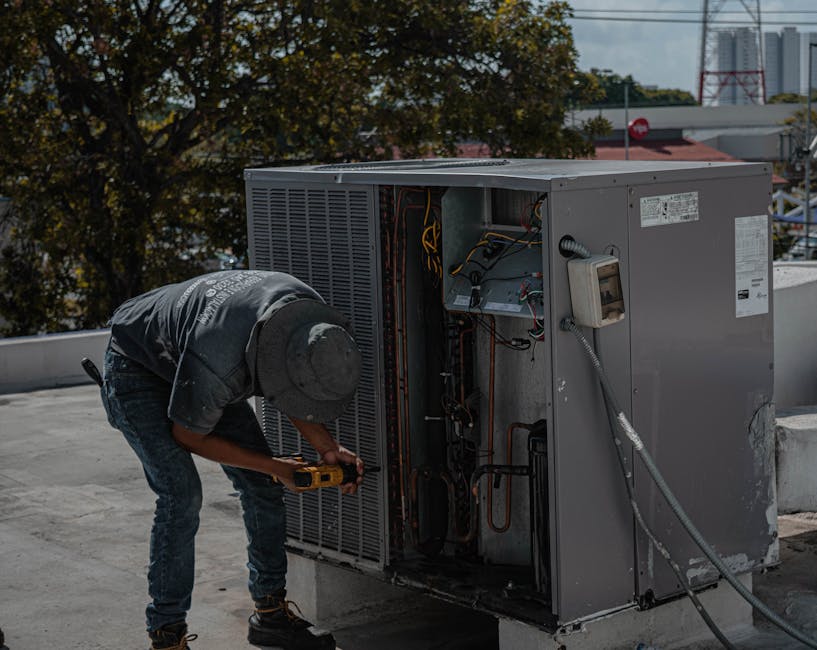If you’re living in a two-story home in Stephenville, there’s a good chance you’ve noticed that the second floor tends to feel warmer than the first. This isn’t just a minor inconvenience—it can lead to discomfort, higher utility bills, and uneven strain on your air conditioning system. For households with young kids or elderly family members who spend time upstairs, it becomes more than just a comfort issue.
Homes in Stephenville can face unique cooling challenges due to hot summers, aging building structures, or out-of-date HVAC setups. If your current AC system isn’t doing its job evenly, you’re not alone. Many homeowners run into this same struggle. A better understanding of how your cooling system interacts with your home can help point you toward long-term comfort.
Understanding Heat Distribution In Homes
The reason your upstairs feels warmer often comes down to simple science. Heat rises. Warm air naturally moves upward, making the second floor hotter than the ground level, even if your thermostat is set to the same temperature throughout the house. That’s a normal part of how air behaves. But when an HVAC system is not designed or installed properly to handle this temperature imbalance, problems start piling up.
Homes in Stephenville often have attic spaces that absorb heat during the day, especially during the summer months. Without enough insulation or ventilation, that heat doesn’t stay in the attic. It makes its way into your upstairs rooms, making them feel like ovens by late afternoon. Combine that with a long stretch of sunny days, and it’s no surprise your second floor can become uncomfortable quickly.
Old ductwork, blocked vents, or gap-filled windows can only add to the problem. Limited airflow means your system works harder to push cool air upstairs, often falling short. When airflow is restricted due to physical design or wear and tear, you’re left with uneven temperatures throughout the home. And if your thermostat is located on the first floor, it may shut off the system before the second floor ever cools properly.
Looking at how your system pushes air and how your home retains or loses heat on each level can help determine where changes need to be made. In many cases, the way your AC was installed—or the type of unit you’re relying on—can’t keep up with the demands of a multi-story layout in a city like Stephenville.
Common HVAC Issues Leading To Uneven Cooling
When your second floor feels warmer than the first, it isn’t always about the weather or your home’s layout. Sometimes, maintenance problems or poor system design are to blame. These common issues can seriously impact how well your AC cools your home:
1. Dirty or clogged air filters: If air can’t move freely through your system, the second floor may never get enough cool air.
2. Leaky or uninsulated ductwork: When cooled air escapes into the attic or wall spaces before ever reaching the second floor, your system has to work harder than necessary.
3. AC unit that’s too small for your home: A system that’s not sized right can’t consistently cool every room, especially when dealing with natural heat differences between floors.
4. Inadequate attic insulation: Not enough insulation allows heat to seep into your upstairs areas through ceilings and walls. During Stephenville’s summer months, this becomes especially noticeable.
Identifying one or more of these problems early can save you from dealing with ongoing discomfort. Missed maintenance or overlooking small repairs can pile up quickly, impacting your comfort and energy bills. To really address uneven cooling, a closer look at what’s happening within your HVAC system is a smart first step.
Importance Of Professional AC Installation
When it comes to getting the most comfort out of your air conditioner, proper AC installation plays a big role. If the system is installed without a full assessment of your home’s layout, airflow can be uneven from the start. That’s a common issue in multi-level homes, especially in Stephenville where many properties have older duct systems or second floors that soak up heat throughout long afternoons.
A well-installed AC unit takes into account the size of the home, where the vents will go, and how the air will move through both floors. If any of those pieces are off, the second floor ends up getting the short end of the deal. Cooling a space that holds heat all day requires more than just turning the system on. It requires equipment that’s up to the task and properly balanced across both stories.
Our professionals take into consideration ceiling height, insulation condition, and window placement during installation. These details can affect how cool air flows and where it settles. A basic unit installed without that planning doesn’t just cool unevenly—it strains to keep up, leading to higher wear and tear over time and bigger energy bills down the road.
If you’ve had an AC installed but still face temperature imbalances, it may come down to how the system was configured rather than performance alone. Correcting installation flaws often clears the way for stronger, more even airflow right away.
Proven Solutions To Cool The Second Floor
When your upstairs rooms are hotter than downstairs, targeted solutions can help level things out. Some fixes are low effort, while others may require help from our technicians. Here are some ways to lower indoor temperatures and make both floors comfortable:
1. Install zoning systems: These systems allow you to set separate temperatures for the first and second floors. The result is better control and energy savings.
2. Upgrade attic insulation: Proper insulation cuts down on heat absorption and reduces the amount of warm air leaking into upstairs rooms.
3. Seal air leaks: Cracks around vents, duct joints, or attic entries can let in heat or let out cool air. Sealing these areas can help the AC do its job more efficiently.
4. Improve ductwork: Ducts should be properly sealed, insulated, and routed to deliver balanced airflow. Our technicians can assess and repair airflow issues if needed.
5. Use ceiling fans: When used correctly, fans help circulate cooled air and make rooms feel more comfortable without overworking your AC.
All of these solutions work toward the same goal: consistent, controlled cooling that keeps your second floor just as comfortable as the first.
Keeping Your Stephenville Home Comfortable All Year Round
When uneven temperatures between floors become a daily issue, it’s time to look beyond surface-level fixes. A system that was never designed for multi-level cooling or poorly maintained ductwork can’t perform the way it should. Lingering temperature gaps not only make your living space uncomfortable, but they also wear out your system faster.
Homes in Stephenville face steady heat throughout the summer months, making this a problem that often won’t go away on its own. Whether it’s improper airflow, missing insulation, or an outdated setup, the solution starts with a customized approach that looks at your home’s specific layout and AC performance.
Long-term comfort means solving root problems. A properly installed and maintained AC should cool your entire living space, not just the main floor. If your second floor remains a problem zone, it’s worth bringing in trained professionals who understand the cooling demands unique to Stephenville homes.
If uneven cooling has become a daily struggle in your Stephenville home, a professional AC installation in Stephenville can provide a lasting solution by addressing airflow issues across multiple floors. Daffan Cooling & Heating is ready to help balance your indoor temperatures and restore your home comfort. For a quick estimate or to book a service visit, please contact us today.





